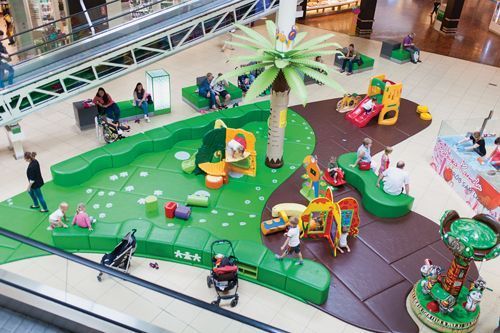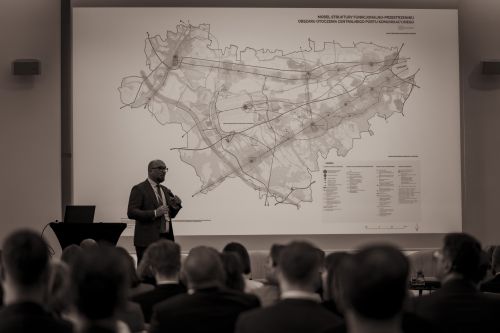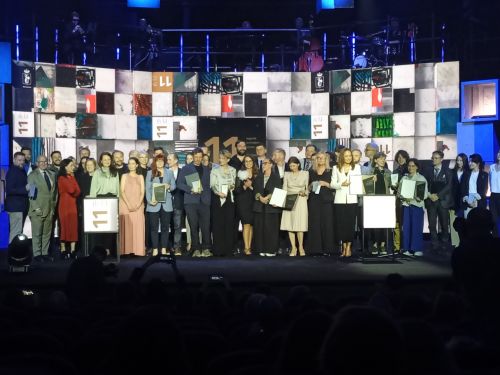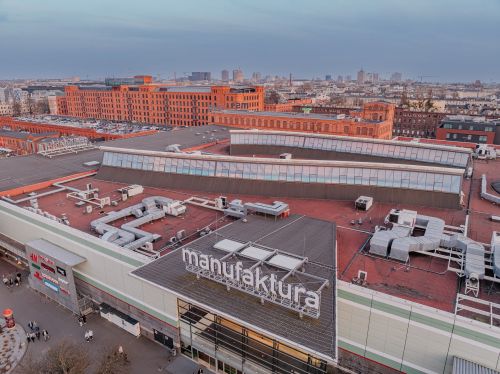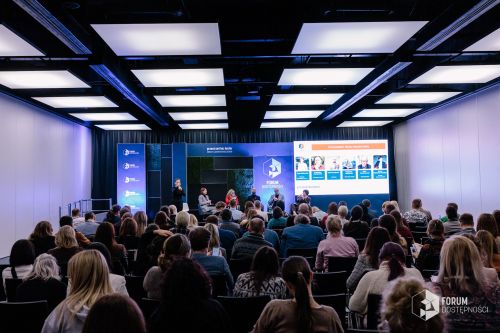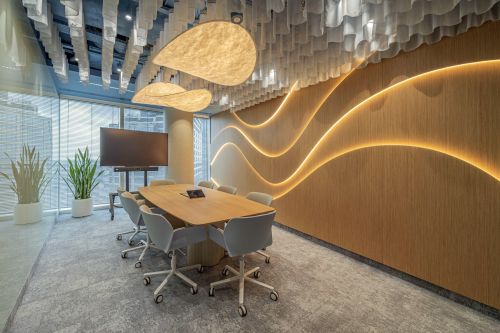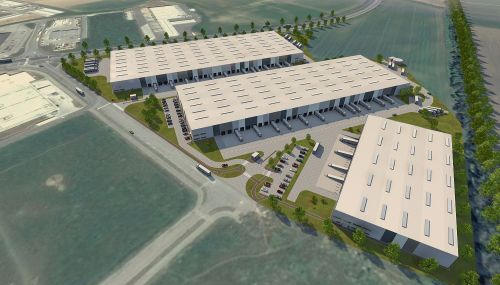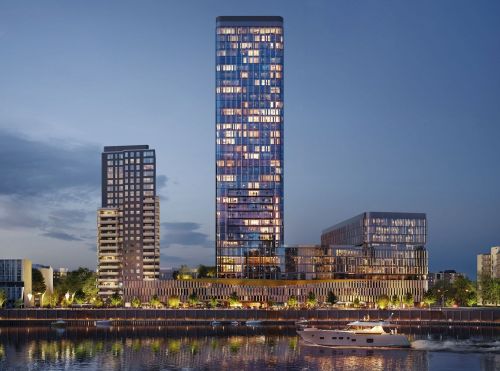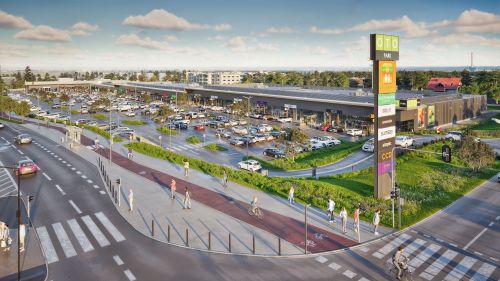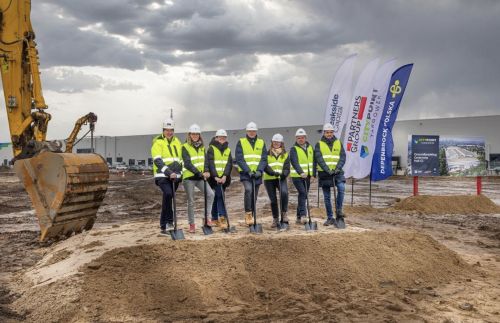Parents need various facilities in a shopping centre such as somewhere to leave small children under professional care (if only for half an hour), play rooms and playgrounds for older kids, who are more independent, as well as play corners in the shopping arcades themselves. Such amenities prevent youngsters from becoming bored while shopping and offer them the chance to play a little giving them a rest between one shop and another. Attractions in food-court areas are also important for parents to be able to eat in peace while the kids play within their view.Shopping trolleys in the form of cars can be used to cart young children around the corridors and stores and are fun for the kids as well as a boon to parents.
It also needs to be borne in mind that children do not form a homogeneous group. The needs of mums with infants have to be catered for as well as those with small children and the needs of adolescents. In addition to changing and feeding rooms (a lot of shopping centres pro
